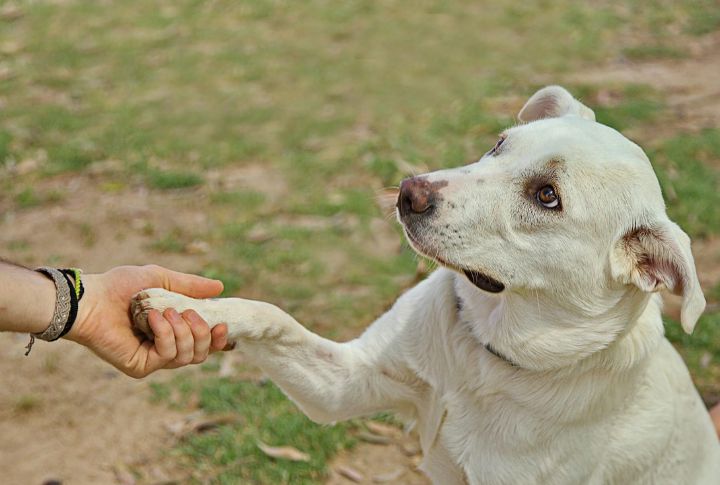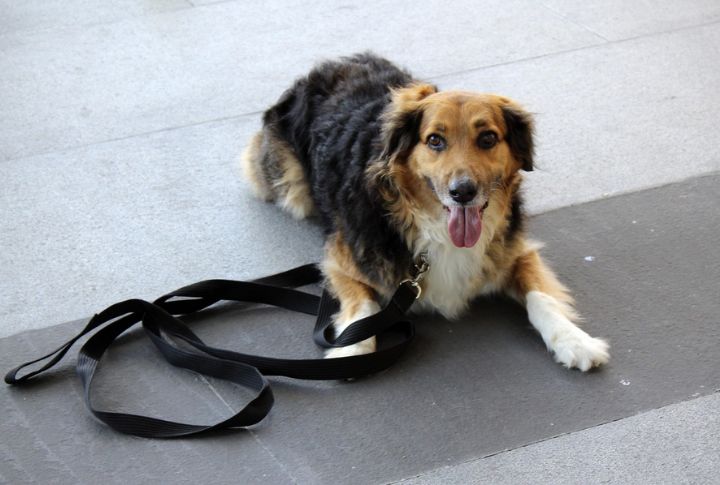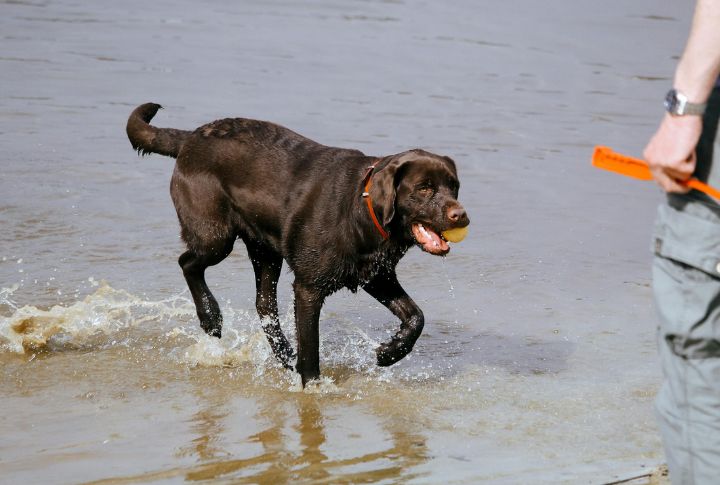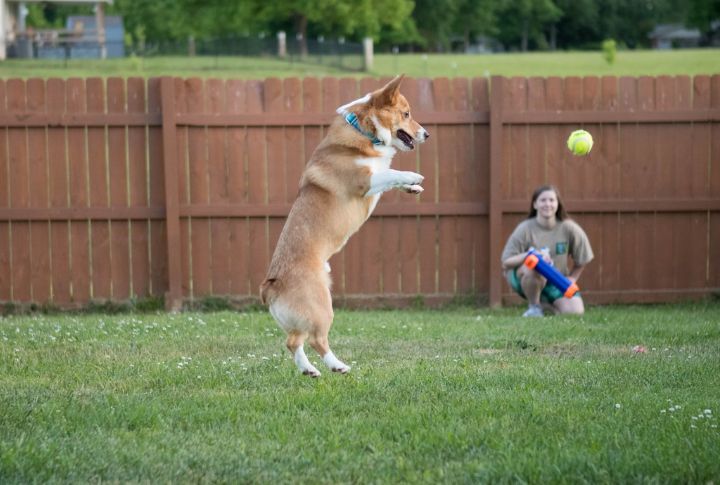10 Commands Owners Should Ditch For More Effective Dog Communication

Not every command pet owners use is as effective as they think. Some create hesitation, while others fail to encourage proper behavior. Dog training should be intuitive, promoting clear understanding between the owner and the pet. Simple adjustments can transform training success. Let’s uncover which commands could be holding your dog back and 10 cues that actually improve communication.
Sit (Better Alternative: Settle)

Dogs already know how to sit, so why keep asking for it? Instead, “Settle” helps them understand when to relax in unpredictable situations. Whether you’re in a busy cafe or at a friend’s house, teaching calmness is far more useful. Skip the routine and focus on practical behavior.
Shake Hands (Better Alternative: Touch)

Handshaking is a novelty rather than a necessity. You can build engagement and sharpen focus through “Touch,” allowing dogs to target hands and objects intentionally. This command proves useful for redirection, greeting manners, and advanced training routines. Teaching a dog intentional interaction improves their ability to respond quickly in dynamic settings.
Stay (Better Alternative: Wait)

“Wait” means pause. “Stay” means freeze. Both have distinct purposes in training—use “Wait” for everyday moments like doorways or mealtimes, where a brief pause is enough. Reserve “Stay” for emergencies, ensuring your dog remains motionless when safety matters most. Strategic use of both commands refines obedience while reducing unnecessary rigidity.
Heel (Better Alternative: Loose Leash Walking)

By focusing on controlled independence, “Loose Leash Walking” fosters good leash manners without the need for strict heeling. A relaxed yet structured approach makes outings smoother, allowing dogs to pilot environments confidently. Walking behaviors must feel natural rather than overly strict for dogs.
No (Better Alternative: Redirect)

A simple “no” doesn’t offer dogs constructive feedback, leaving them uncertain about what behavior is expected. It’s frustrating for both pet and owner when there’s no clear direction. “Redirect” focuses their attention elsewhere, turning bad behavior into a learning opportunity. Instead of stopping action, this approach builds better habits without unnecessary confusion.
Fetch (Better Alternative: Bring)

Whether you call it “Fetch” or “Bring,” the key is consistency. Many dogs instinctively chase objects but often fail to return them reliably. Strengthening retrieval behavior ensures smoother interactions, reinforcing obedience while keeping playtime engaging. Reward every successful return like it’s Olympic gold—celebration turns a simple chase into cooperative training.
Jump (Better Alternative: On/Off)

“On/Off” training replaces reckless jumping with intentional movement, teaching dogs to engage with their environment in a calm and focused way. Controlled transitions establish polite engagement while minimizing chaos in social interactions. Dogs must recognize structured movement cues to avoid chaotic behaviors in social situations.
Leave It (Better Alternative: Trade)

Trainers often rely on “Leave It” without considering the behavioral impact. Dogs need a clear incentive to let go of objects willingly. “Trade” reframes the process, ensuring exchanges happen without stress. A well-structured exchange process eliminates frustration during interactive training moments.
Roll Over (Better Alternative: Side)

Trainers often focus on flashy tricks like “Roll Over” without considering practical usefulness. Dogs struggle with unnecessary movement in critical situations, making “Side” a superior alternative. Owners should practice this command regularly to improve canine cooperation in medical or grooming settings.
Speak (Better Alternative: Quiet)

By learning “Quiet,” dogs can manage their barking, ensuring that their vocalizations are purposeful and respectful rather than disruptive. Encouraging silence when appropriate improves owner-dog interactions, preventing excessive vocalization. Thoughtful reinforcement strengthens understanding, leading to controlled expressions rather than uncontrolled outbursts.





